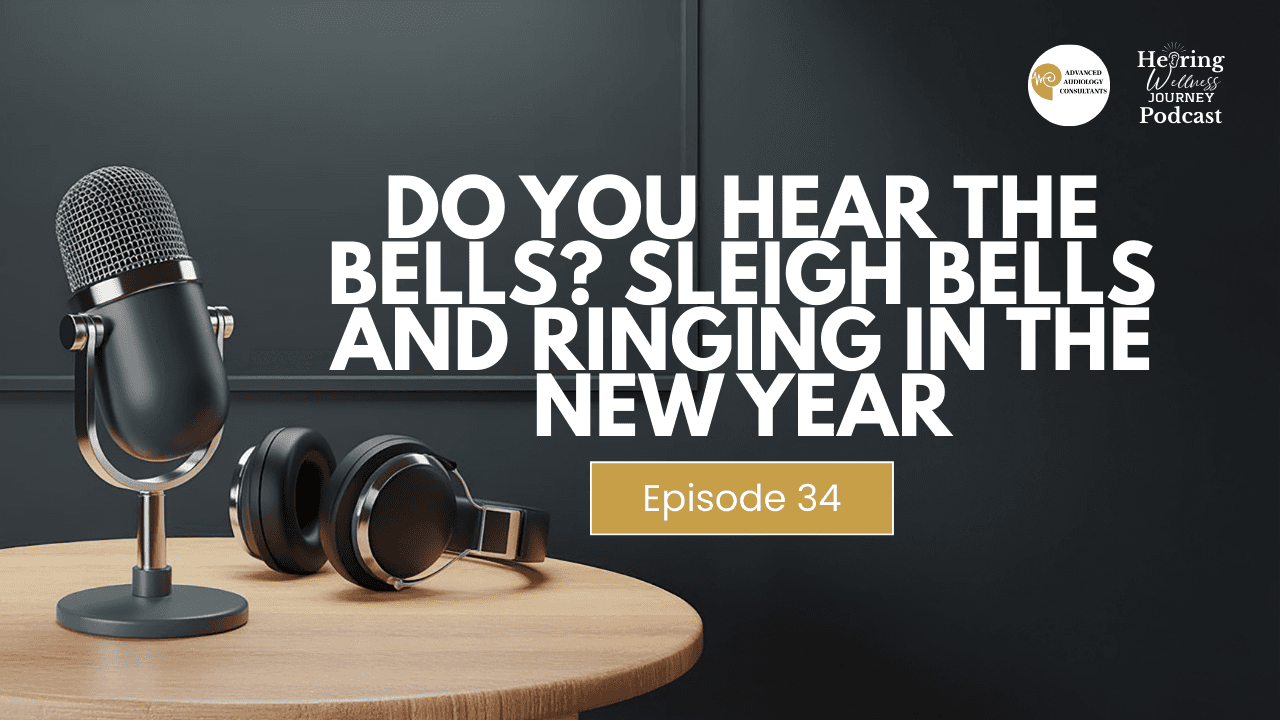Dawn Heiman, AuD
|
May 18, 2011
|
2 min read
It’s not just about the pure tones
When people think of audiologists and hearing tests, they are immediately transported back in time to their days in grade school when the school nurse asked them to raise their hand when they heard the tone. Yes, we do test hearing with pure tones, but only to get an idea of what is heard in the important speech frequencies.The hearing is also assessed with word lists of varying difficulties, depending on the age of the patient and their language abilities. If a hearing loss is identified, then questionnaires can also be given regarding how the hearing loss is REALLY effecting a person’s life outside the walls of the sound booth. With adults, the questions are related to how the patient is hearing and communicating in different situations, ie. television, restaurants, at home, etc. With children, depending on if they have any speech and language skills, the questions are regarding how often they respond to different sounds in their environment, abilities to identify between different people’s voice, and abilities to repeat what they hear. All of these tools are helpful in measuring how much improvement a person is receiving after they have been fit with proper amplification, such as hearing aids or cochlear implants.Looking back, after completing the questionnaire several times over a year, it is interesting to see the progress our patients make. Sometimes it can be difficult to know if the hearing aids or cochlear implants are working, but if we can measure an improvement in the communication abilities it’s certainly a start.

Dawn Heiman, AuD
Dr. Dawn Heiman is a licensed Illinois Audiologist. She is a Past President of the Academy of Doctors of Audiology (ADA). She is an Adjunct Professor in the Department of Communication Disorders and Sciences program within the College of Health Sciences at Rush University. Additionally, she is a member of the American Academy of Audiology (AAA) and the Illinois Academy of Audiology (ILAA).
Specializing in hearing aids, tinnitus, and central auditory processing disorders.
Popular Blogs

Dawn Heiman, AuD
|
May 18, 2011
Can Hearing Aids Be Reused and Refurbished or Is It A Risky Gamble?
Secondhand hearing aids can be a powerful gift or a costly mistake. Learn how audiologists safely evaluate, refurbish, and fit reused hearing aids.
Read More

Dawn Heiman, AuD
|
May 18, 2011
Do You Hear The Bells? Sleigh Bells and Ringing In The New Year
Holiday stress can make tinnitus and hearing challenges feel overwhelming. This episode shares practical, compassionate ways to manage ringing in the ears and stay present for the moments that matter.
Read More

Dawn Heiman, AuD
|
May 18, 2011
The Best Hearing Aids for Baby Boomers?
Discover the best hearing aids for baby boomers and why personalization matters more than brand names. Learn how audiologists match technology to your active lifestyle.
Read More

Dawn Heiman, AuD
|
May 18, 2011
What's the Audiologist's Role When Fitting Hearing Aids?
Choosing the right hearing aids starts with a quality hearing test and expert guidance. This episode explains how proper testing and fit can transform your hearing experience.
Read More


